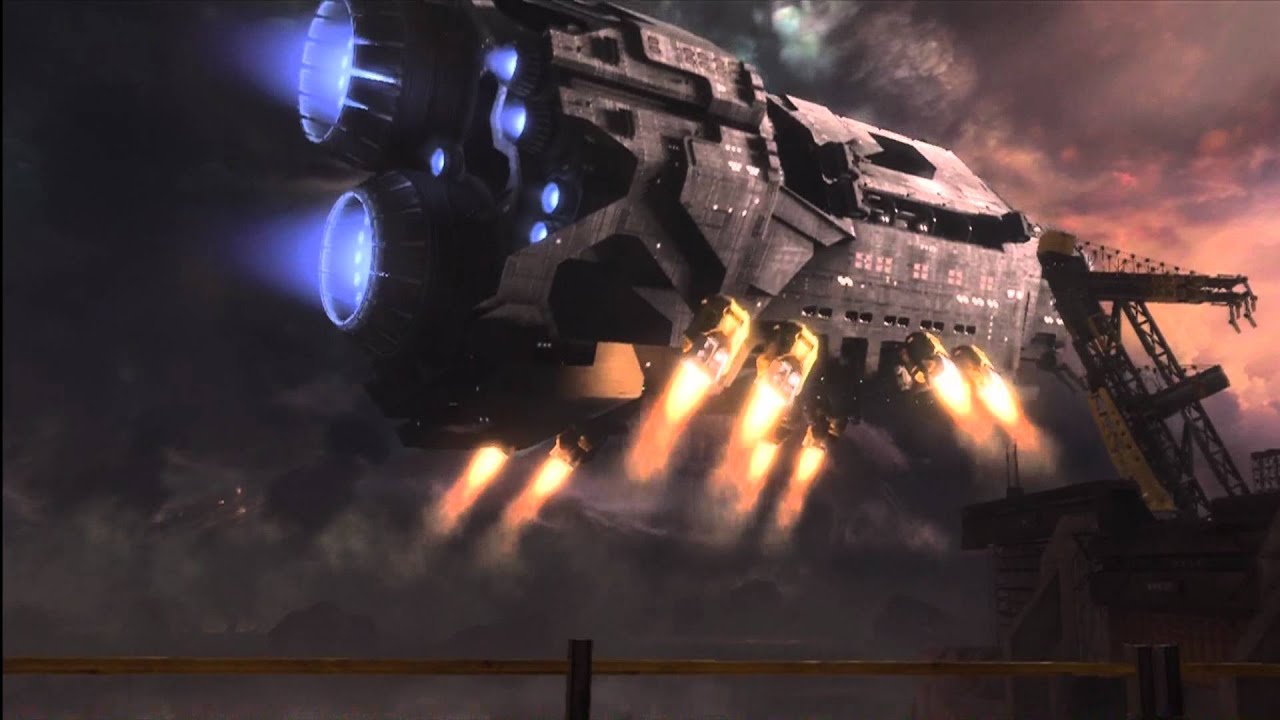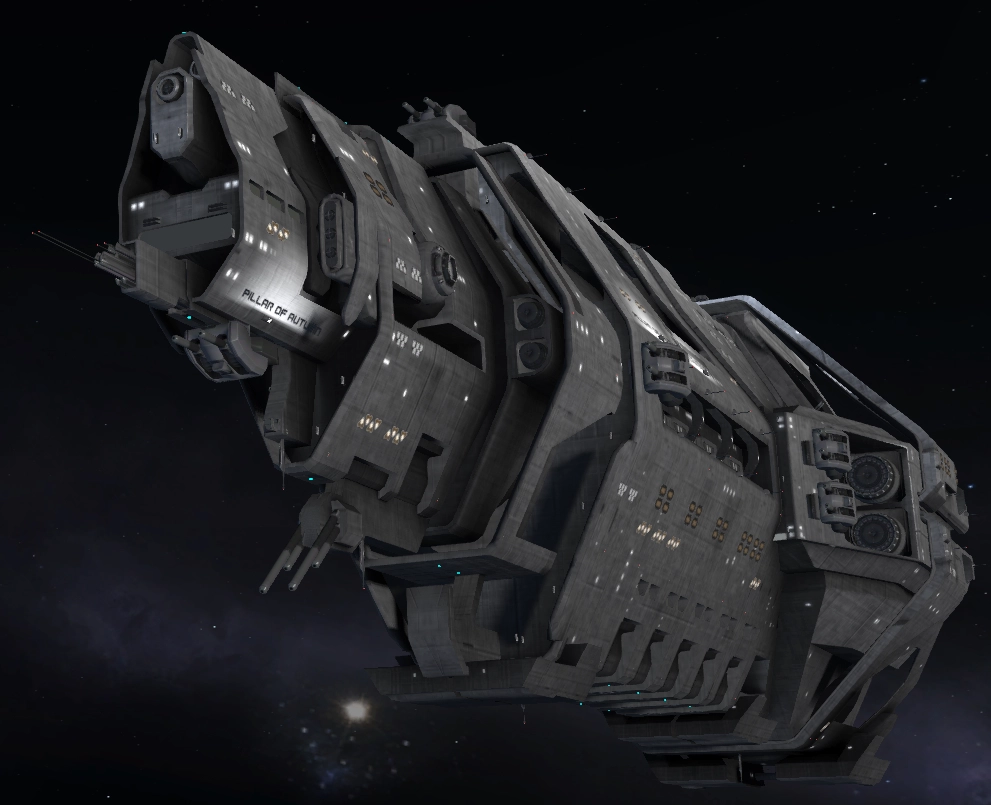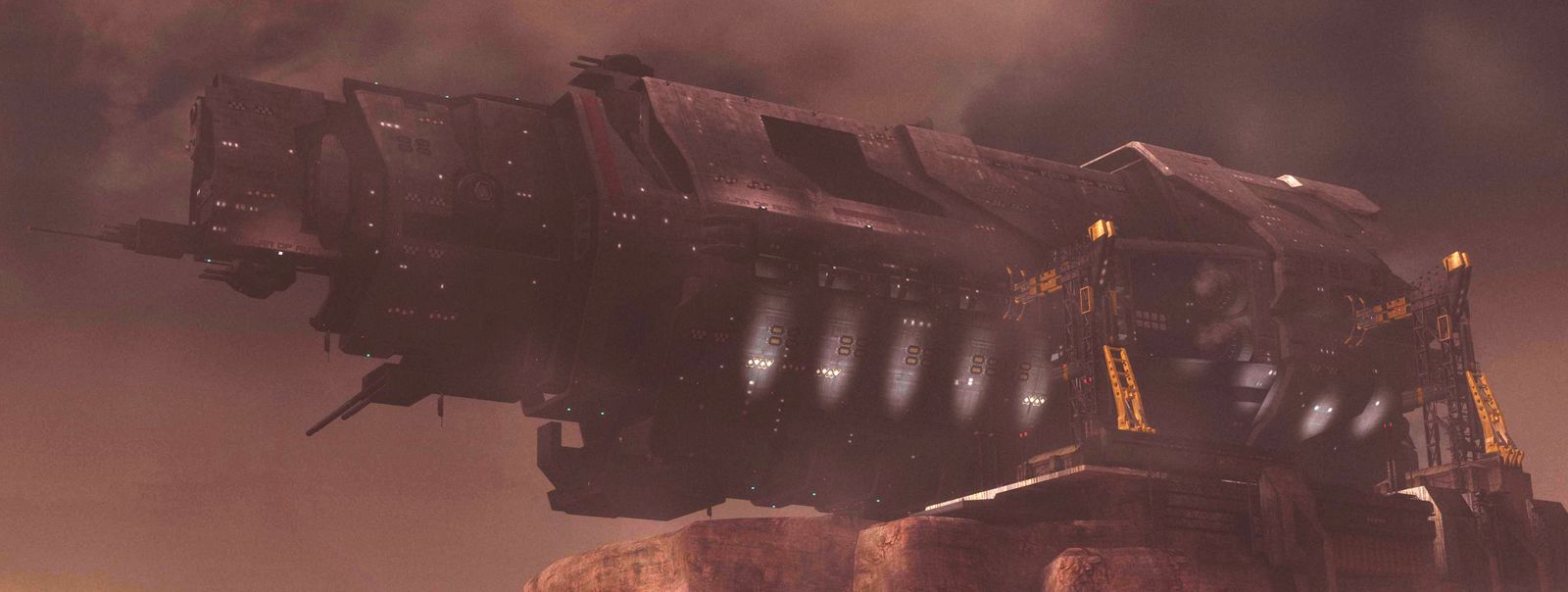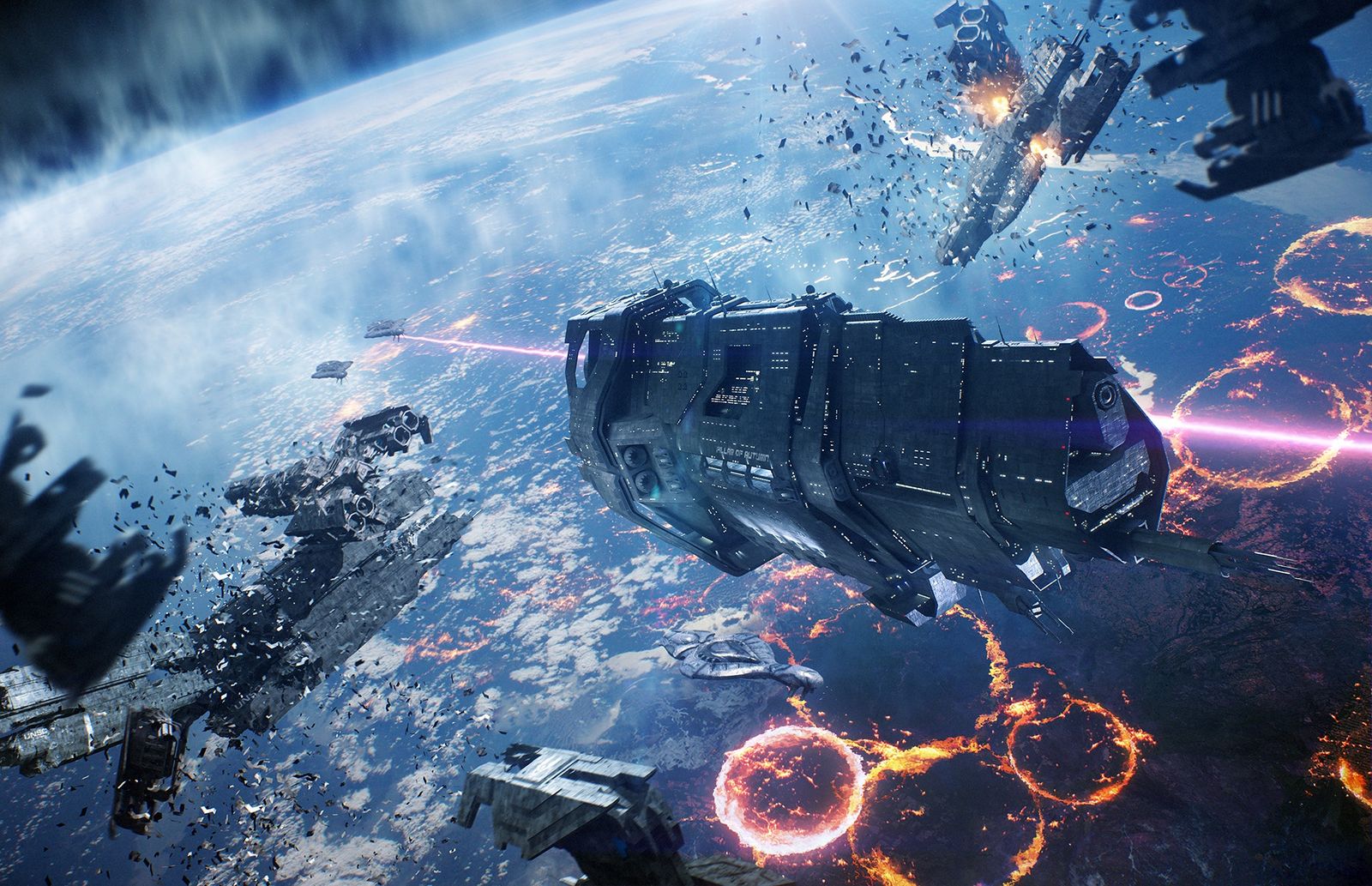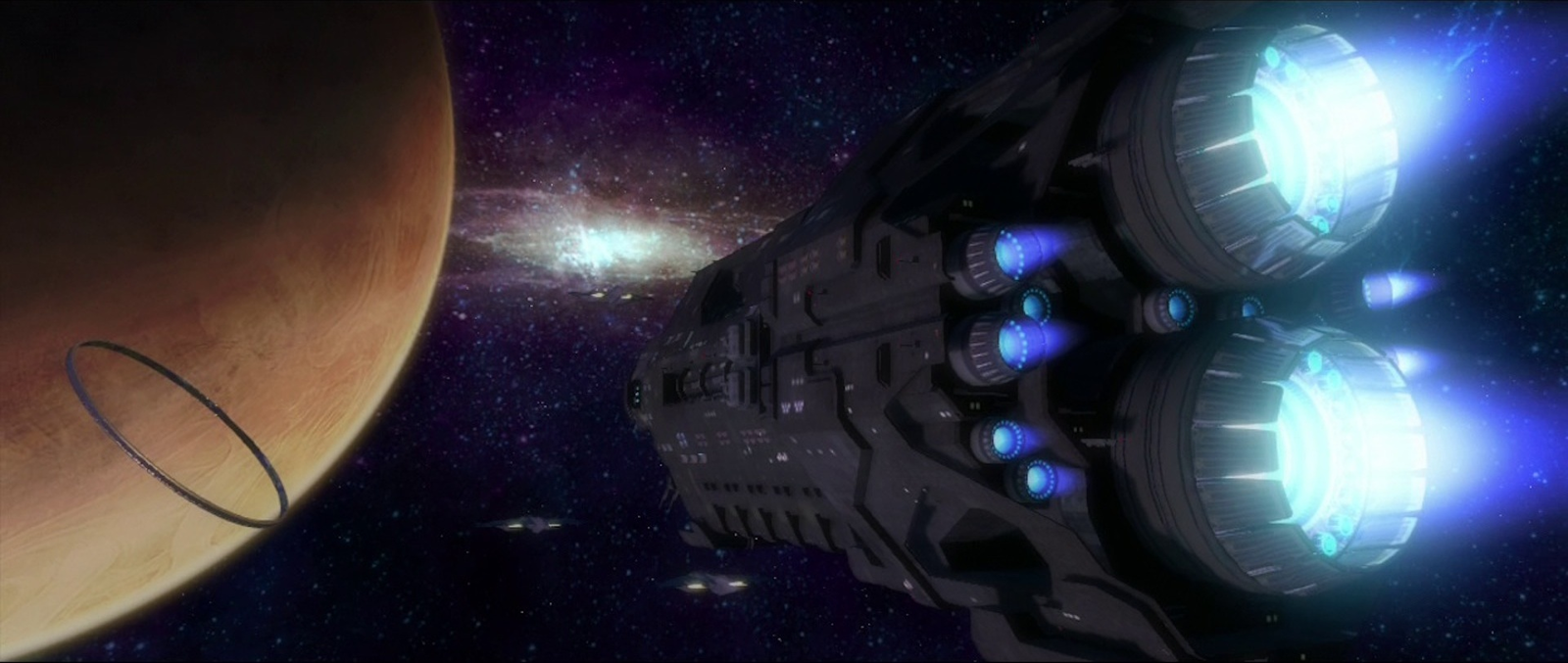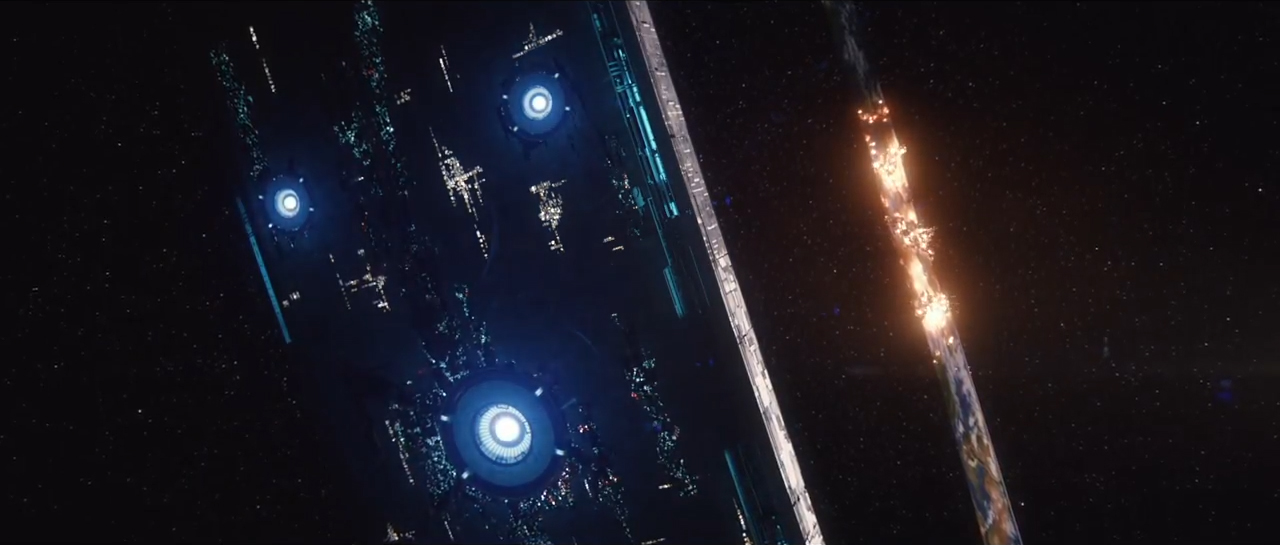‘Halo’: The Pillar of Autumn — The Best Ship to Be in When You Crash on a Ringworld
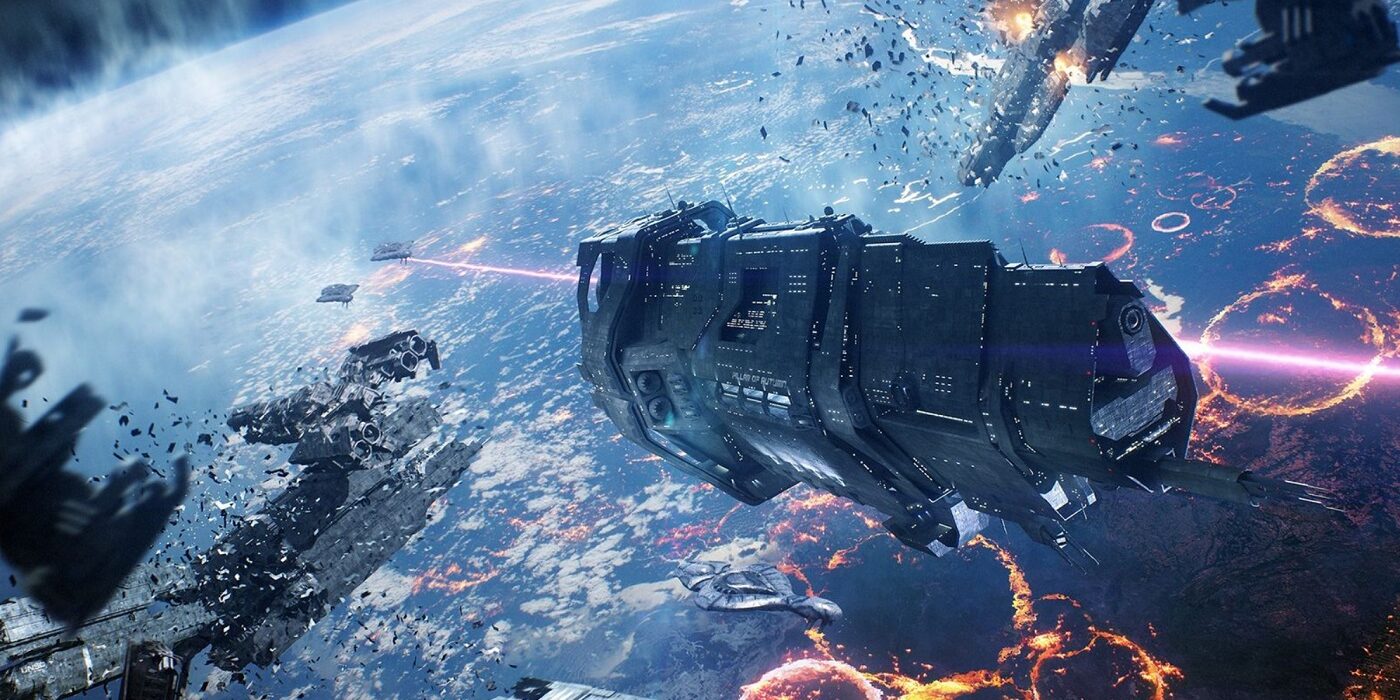
Sometimes all it takes is one ship to save the entire galaxy—especially when that ship is carrying the Master Chief. We break down the Pillar of Autumn.
The UNSC Pillar of Autumn C-709 was a Halcyon-class light cruiser in the UNSC Navy. It was, by all accounts, a Halcyon-class light cruiser like any others. It had seen its share of action during the Human-Covenant war, playing a role in major battles that would, in most circumstances, make the ship a legend.
But then the Pillar of Autumn went on to save life as we know it in the galaxy. With just a little bit of help from a Spartan II known as John-117 and the AI is known as Cortana. Though the Pillar of Autumn was destroyed, its legacy lives on. But how did a 43-year-old cruiser come to play such a pivotal role? The answer starts in the Reyes-McLees Shipyards on Mars, in 2507.
Pillar of Autumn: Construction & Design
Orbiting above Mars, in the Reyes-McLees Shipyards, the Halcyon-class light cruiser was born. So began the Pillar of Autumn. Like any other Halcyon-class cruiser, the Autumn was composed of five hexagonal and octagonal sections mounted onto each other. A forward-slung bridge was situated securely on the underside of one of the four sections, while eight docking bays were distributed throughout.
Halcyon-class light cruisers were a distinctive design, cooked up by Dr. Robert McLees, who gave the Mars shipyards their name. One of the signature factors in this design was a series of cross-bracings and interstitial honeycombs that gave the ship a surprisingly resilient superstructure. With this design, a ship could sustain massive hull breaches, lose almost all but a fraction of its armor, and still remain combat-capable.
The Pillar of Autumn was one of ten ships that carried this type of superstructure, as the design was deemed too costly for mass production, making the Pillar of Autumn uniquely suited to its mission.
Other customizations included an intraship transit system, consisting of lifts, stairs, and mag-rail platforms, allowing traversal through the ship. Three Mark II Hanley-Messer deuterium fusion engines supplied the power for the ship, a scant 10% of what modern UNSC Navy reactors are capable of.
When the Autumn was built in 2510, its armament was rather Spartan, consisting of only a Magnetic Accelerator Cannon and six Archer missile pods.
However, this Spartan design was considered too Spartan for the Spartans the ship would soon be carrying, so prior to a mission known as Operation RED FLAG, the Autumn was refit.
Refit, Rearmed, Ready to Finish the Fight
The Spartan mission known as Operation RED FLAG was meant to bring a decisive end to the 27-year war that had threatened humanity. RED FLAG was a mission designed to locate the Covenant’s capital world, travel there in the guise of a captured Covenant vessel, and capture at least one of the Covenant’s Prophet Hierarchs to try and negotiate a truce.
And that meant being capable of carrying humanity’s last best hope, Spartan II super soldiers. This was why in 2552, the Autumn was given a series of critical upgrades. The Mark II Hanley-Messer reactors were replaced with an experimental fusion reactor that generated intense heat and required an experimental cooling system.
The Pillar of Autumn was also fitted with an SED-2550X Kawanishi Engineering slipspace drive for making faster-than-light jumps through slipstream space. Titanium-A battleplate replaced the older armor, and the Pillar of Autumn’s weaponry was given a massive upgrade.
The upgraded Pillar of Autumn could bring to bear a Mark II, Light Coil – 56A2D4/MAC gun, a spinal mass accelerator cannon that ran two-thirds the length of the cruiser. It carried thirty-two M58 Archer missile pods. Four Shiva-class nuclear missiles, three ship-launched, one aboard a remote-controlled Longsword interceptor. Eighteen M910-point defense guns provided defensive fire. Eight Mark 33 Spitfire naval coilgun batteries and six M66 Sentry autocannons provided more of a punch up close.
Once refit and rearmed, the Pillar of Autumn was on a collision course with destiny.
And a Halo ring.
Reach-ing Installation 04 in a Pillar of Autumn
Originally deployed as part of Operation RED FLAG, which would involve sacrificing a human colony world to the Covenant in order to capture one of their battlecruisers, the Pillar of Autumn was recalled before it could reach its mission objective. The world of Reach was mustering for an imminent invasion, and the UNSC was hopeful that an opportunity to capture an enemy ship would present itself.
During the battle over Reach, the Pillar of Autumn displayed the prowess of its new weaponry, taking out a Covenant “sniper ship” in a one-on-one match, though the Pillar of Autumn was heavily damaged during the fight.
The battle of Reach went poorly, though, and the Pillar of Autumn escaped into slipstream space, surreptitiously guided by its AI, Cortana, to the Soell system, where it came across the ringworld facility designated Installation 04, better known as Halo.
At Installation 04, the Autumn was almost immediately set upon by Covenant forces. Though the ship was damaged, the Autumn took out four ships and damaged the Ket-pattern battlecruiser Truth and Reconciliation before the boarders took out the MAC with an antimatter charge.
With the ship damaged and left toothless, its captain ordered the crew to abandon the ship. The Autumn’s sole remaining Spartan-II, John-117, was given Cortana for safekeeping, and the crew abandoned the Halcyon-class light cruiser one last time.
The ship crash-landed on the world, surprisingly intact. A fact that saved life in the galaxy as we know it. During the battle, the parasitic, all-consuming organism known collectively as the Flood appeared, and the Halo Array’s real purpose was revealed: wiping out all life in the galaxy so as to starve the Flood.
With the array set to fire, only the timely self-destruction of the Pillar of Autumn’s experimental new reactors was capable of destroying the array.
Though the Autumn went out in a supernova-like blaze of glory, its legacy, and humanity, live on

